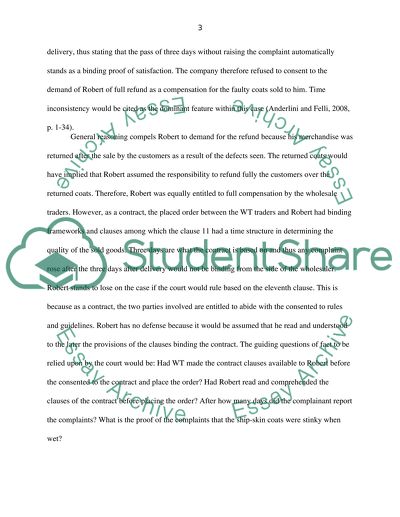Cite this document
(“Case And Statute Law. Robert and the Wooly Traders Essay”, n.d.)
Case And Statute Law. Robert and the Wooly Traders Essay. Retrieved from https://studentshare.org/law/1483136-case-and-statute-law-robert-and-the-wooly-traders
Case And Statute Law. Robert and the Wooly Traders Essay. Retrieved from https://studentshare.org/law/1483136-case-and-statute-law-robert-and-the-wooly-traders
(Case And Statute Law. Robert and the Wooly Traders Essay)
Case And Statute Law. Robert and the Wooly Traders Essay. https://studentshare.org/law/1483136-case-and-statute-law-robert-and-the-wooly-traders.
Case And Statute Law. Robert and the Wooly Traders Essay. https://studentshare.org/law/1483136-case-and-statute-law-robert-and-the-wooly-traders.
“Case And Statute Law. Robert and the Wooly Traders Essay”, n.d. https://studentshare.org/law/1483136-case-and-statute-law-robert-and-the-wooly-traders.


